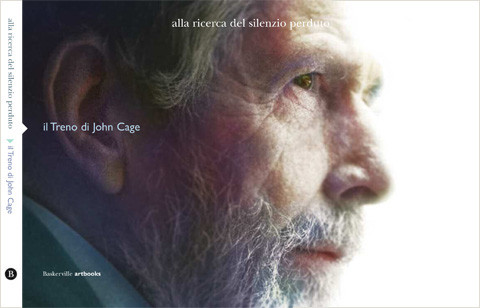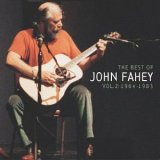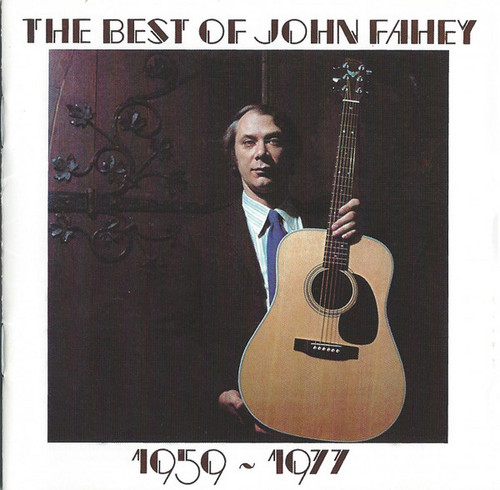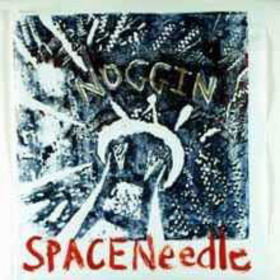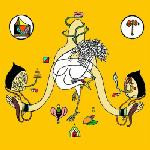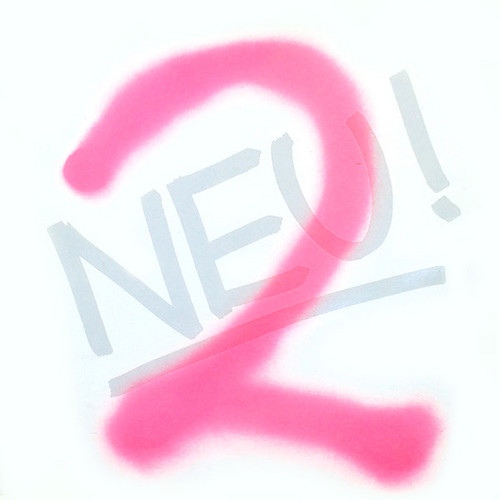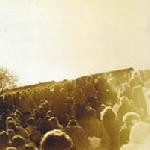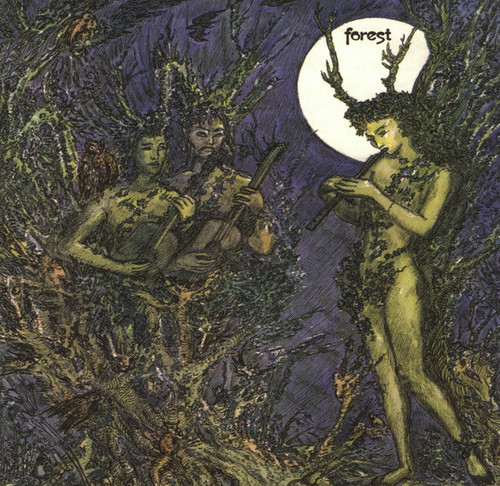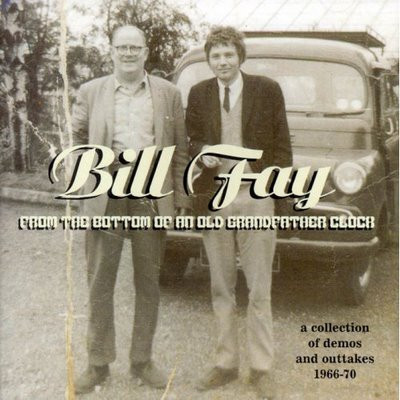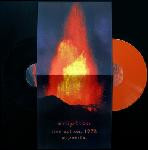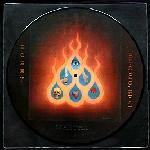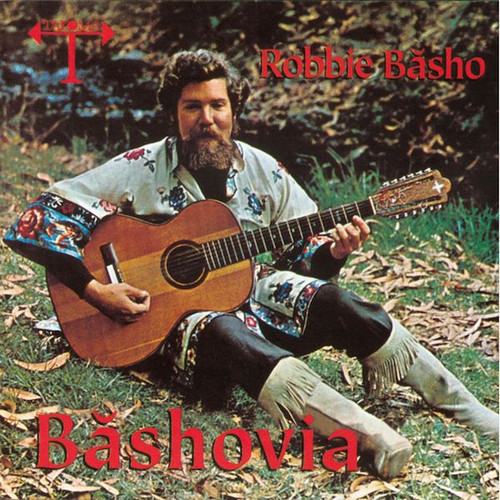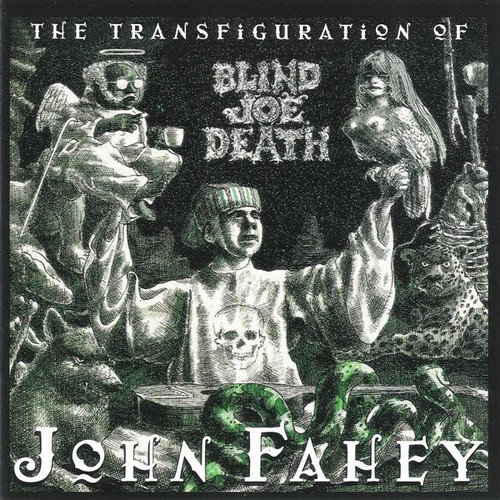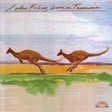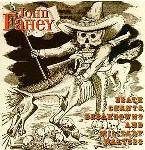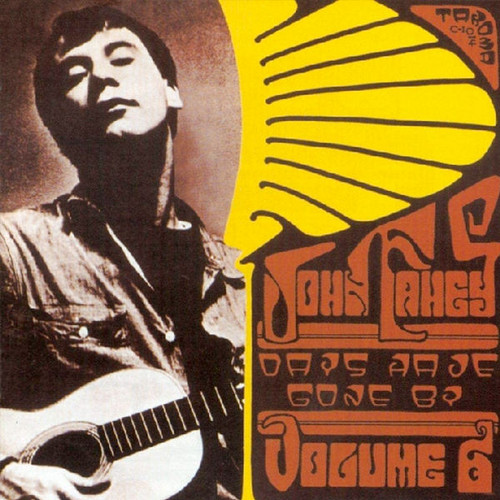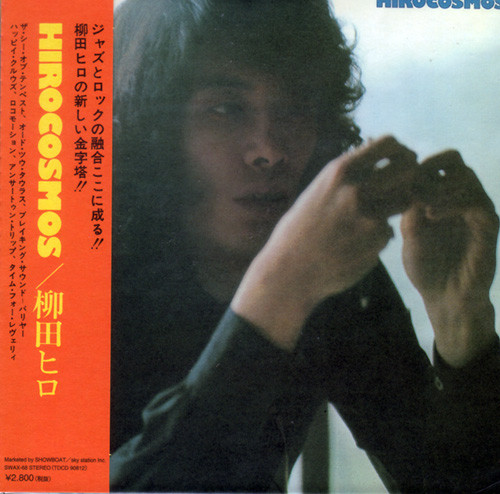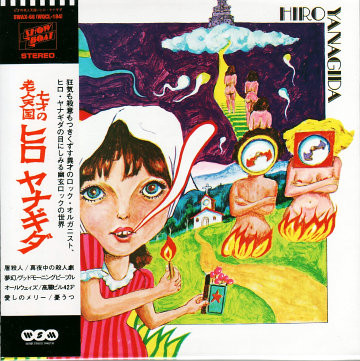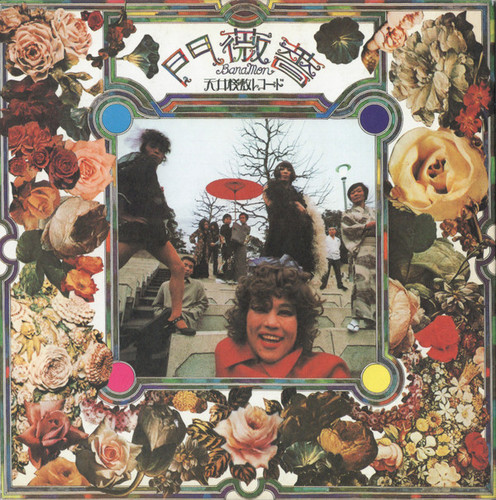Reissues
Alla ricerca del silenzio perduto - Il treno di John Cage
Included in 160-page, hardcover book with bilingual (Italian/English) 'Any and all sounds are music : the sounds that surround us, whether we are in a concert hall or not...' 'We can begin from this quote by John Cage to unearth the traces of one of the most emblematic happenings of our time. In June 1978 Cage's Train marked a watershed in musical culture. It drew a line which parted those who think of music as an artistic expression based on a tonal system (or beyond that, on any system at all)…
Best Of Fahey V2 1964-83
this now deleted compilation concentrates on Fahey’s best work from his later years(1964-83) at Takoma, presenting many tracks new to CD. Also included are three tunes from his long-lost and unreleased Takoma album, "Azalea City Memories", as well as a long work, ‘The Fahey Sampler’, rare and unheard for many years
The Best Of John Fahey: 1959-1977
long deleted album by John Fahey, simply one of the most original & expressive guitarists ever, created the "American Primitive Guitar" genre w/his 1st Takoma Records release in 1959. This new comp concentrates on his best work from his later yrs at Takoma, much never available on CD. Also included are 3 tunes from his long-lost & unreleased album "Azalea City Memories," as well as a long work "They Fahey Sampler" rare & unheard for many yrs
Space Needle
Noggin with Eric Ostrowski : guitar or violin, and Michael Griffen : violin. Recorded in 1995 and edited in 1996. Eric Ostrowski is a freely-improvising musician and experimental filmmaker based in Seattle, WA. He played guitar and violin as one half of the legendary improv-noise duo of Noggin from 1993-2006. He has been concurrently developing his hand-made film style. Michael Griffen (died last January) was the violinist in Behead the Prophet No Lord Shall Live and played in the noise duo Nogg…
Deterioration
Name: YELLOW SWANS (Often prefaced with a changing 'D' word; changing to reflect the constantly evolving nature of the music, dialogue between the music and those hearing it and naming it.) Members: Pete Swanson (formerly a member of Mur*der) and Gabriel Mindel Saloman (formerly a member of Boxleitner). Origins: First show in December of 2001, in Portland OR. Current Location: San Francisco-Oakland CA Musical Approach: Improvisational music, primarily using electronic instruments and processing,…
Neu! 2
NEU! was/is/will be a big deal in the history of 20th century music. They laid the foundation for scores of musicians who followed them. But why were Neu! so great? Part of their appeal lies in the fact that their music was so simple, so natural and so easy to listen to and absorb. Each of their pieces draws you in with its own unique mood. The music is emotive in so many different ways: the icy melancholy of Weissensee and Leb'wohl, the tranquil yet sinister brooding of Im Glück, the rage and s…
Neu!
Neu! were formed by Kraftwerk members Michael Rother and Klaus Dinger who took the sparse early Kraftwerk electronic sound and utilized many effects like lock-groove rhythms and minimalist melodies currently used by today's electronic artists. Neu! created a new kind of rhythm that bridged the gap between rock n roll's syncopation and dance music's four-to-the-floor beats. Stereolab's Tim Gane says "Neu!'s longer tracks are far closer to the future of house and techno than guitar rock." Neu!'s m…
Gärdet 12.6.1970
1996 reissue. The first in our new series called Swedish Underground Archives. The series will focus on classic yet mostly unreleased recordings by known and unknown to mythical Swedish progressive/psychedelic groups from the 1960s/70s. First out is the best ever recording from the legendary Trad Gras & Stenar (Trees Grass & Stones) recorded at the first ever Swedish outdoors summer hippie festival in 1970. The sound is just amazing: a stoned lysergic wall of acid guitars jamming away and never …
Forest
The classic debut album by the UK's Forest, originally released in 1969 by Harvest. As the 1960s progressed, almost every musical genre was affected by the psychedelic boom -- and folk was no exception. Artists such as Bert Jansch, Davy Graham and Donovan had introduced elements of world music into their repertoires by 1965, and in 1966, The Incredible String Band's debut kicked the door wide open for a generation of young musicians to follow. Forest, whose two Harvest albums have long elated li…
From The Bottom of an Old Grandfather Clock
Subtitled: A Collection of Demos and Outtakes, 1966-70. Described by Mojo magazine as 'Britain's pop Salinger,' the reclusive Bill Fay cut the classic 'Screams In The Ears'/'Some Good Advice' single in 1967 before making two dark singer-songwriter albums for Decca, at which point he opted for public silence. This CD features 25 stunning, previously-unreleased late '60s demos. Baroque '60s pop at its finest, this important release includes new quotes from Bill. 2004 release.
Live Action, 1972 Wuppertal
Music by: Conrad Schnitzler, Klaus Freudigmann, Wolfgang Seidel and friends. Three side-long tracks, the complete concert. For the first time ever the complete Live Action, 1972 recorded in Wuppertal by Conrad Schnitzler's loose collective. Credited to Eruption, that was a short-lived German krautrock or experimental music super group founded by former Tangerine Dream member and then current Kluster (3) member Conrad Schnitzler. Eruption performed free-form, improvisational, experimental music, …
Mantra
Limited picture disc LP release. "I composed Mantra: soundscapes for meditation in response to several requests from some of my fellow prisoners. I was asked to create some gentle music that they could listen to on their personal cassette players as an aid in practicing meditation and relaxation techniques widely accepted as valuable tools in the process of healing mind, body and spirit. The challenge was to produce a musical composition that would help to mask the noise of the environment witho…
Bashovia
Drawing his name from a Japanese poet, his musical style from eastern raga sounds and his sartorial style from American Indians, Robbie Basho was eclectic and eccentric. He was also one of the most gifted and original acoustic guitarists that the John Fahey/Leo Kottke/William Ackerman axis produced. Recording for Fahey's Takoma Records, and being cited by Ackerman as a principal influence on the founding of Windam Hill Records, never produced the kind of fame and acclaim that Basho's prodigious …
The Transfiguration of Blind Joe Death
Another of Fahey’s most highly regarded records, ‘The Transfiguration of Blind Joe Death’ was recorded in 1965 and shows Fahey on absolutely blistering form. The guitarist Leo Kottke has named this record as his favourite in Faheys 35 album back catalogue, so there must be something quite special about it right? Well there certainly is, this is his finest blues album, moulding the sound to his taste, fitting in ragtime and Indian classical music in there somewhere to come out with a breathtaking…
Live in Tasmania
The only legally issued live recording by John Fahey came about through an unusual set of circumstances in 1980. Allegedly Fahey was touring Australia and decided on the spur of an inebriated moment that he wanted to play in Tasmania. A hall was booked at Hobart University, an audience rounded up, and the resulting show was recorded. There was no sound check and a large part of the concert was performed for the first time or improvised on the spot. It is quite possible that the audience had prob…
Death Chants, Breakdowns & Military Waltzes
Opening with the incredible 'Sunflower River Blues' (covered recently by Jack Rose) this is easily one my favourite of Fahey's albums. It's by no means the best, or the most technically accomplished, but as an enjoyable piece of music from beginning to end, this just does it for me. This particular cd collects tracks from both the 1963 session and the 1967 session of the album, and it's interesting to hear the differences between the recordings. In four years Fahey's outlook changed a lot, so ra…
Days Have Gone By
Every decade John Fahey's work creates a wave of followers all trying to fuse acoustic blues with the Indian and Western classical traditions. What most of them miss when studying their hero's albums is his knack for crafting wonderfully infectious tunes. Sure, Fahey is totally avant garde, as he descends into esoteric tunings and maze-like picking. But that never prevents an album like 1967's Days Have Gone By from making listeners hum, clap and whistle along. This is folk music, after all.
Hirocosmos
Top quality eye-popping reissue housed in hard cover mini-LP style gatefold sleeve complete with obi and liners of this rare 3rd album by psychedelic maverick Hiro Yanagida. Another totally vanished and ear bleedingly rare gem out of Japan's psychedelic history, this was Hiro Yanagida's (ex Apryl Fool, Food Brain, Sato Masahiko & Soundbreakers, Floral, etc) second solo album released in 1973. Original copies hardly ever surface anymore so this reissue is more than a welcome feast. The music is a…
Hiro Yanagida 1971 (2nd Album)
Second Yanagida Hiro album, with Kimio Mizutani at the helm, swirling acid leads, heavy psych moves with at one point even an acidic Elvis joining the trip. Originally released in 1971. Deluxe gatefold sleeve packaging.Keyboard player and prime mover Hiro Yanagida began his musical life in Ground Sounds outfit The Floral, before founding the considerably cooler Apryl Fool in 1968. However, Yanagida is best known for his contributions to the so-called ‘Super Session’ period of 1970-72, during whi…
BaraMon
The Tenjo Sajiki Company was an avant garde theater troupe formed by Terayama Shuji & was an audience participation street theatre designed to shock along the lines of the Living Theatre. Popular music was always incorporated in their projects, and so lots of rocker runaway teens were quickly attracted. By the early 70s, J.A. Ceazer and Kuni Kawauchi (of the GS group Happenings Four) had joined, and the music got really fucking weird along with the performances. Instead of just staging a version…
